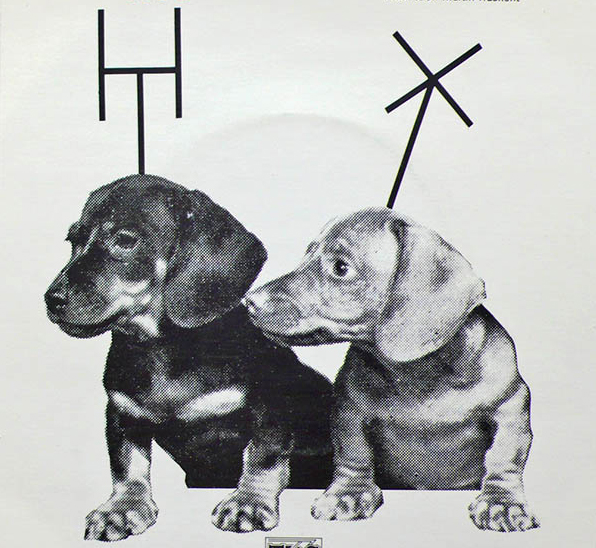 Barney Bubbles artwork detail. Taken from David Wills blog.
Barney Bubbles artwork detail. Taken from David Wills blog.
In Search of Barney Bubbles
BBC Radio 4, 4pm, Bank Holiday Monday, 2 January 2012
Written and presented by Mark Hodkinson. Produced by Mark Hodkinson and Ian Bent.
Press release:
Elvis Costello, Ian Dury, Depeche Mode, The Damned, Hawkwind, Nick Lowe and hundreds more owe a debt of gratitude to the tragic artist Barney Bubbles for shaping their image through radical record sleeves and posters.
Nymphs floating into outer space, Ferris Wheels sparkling against a cityscape, faces made from light bulbs, paper clips and cassette tapes…this is all the work of Barney Bubbles.
Bubbles (real name, Colin Fulcher) was a designer with roots in both the commercial world (he worked for Sir Terence Conran and created the ‘archer’ logo for Strongbow Cider) and the London underground scene of the 1960s/early 1970s where his Notting Hill-based company, Teenburger Designs, contributed to Oz and Friendz and numerous record sleeves.
His work, often drug-fuelled, was an imagination set loose – colourful, playful, three-dimensional, merging the prosaic with the profound. He was appointed designer and art director at Stiff Records and devised innovative marketing concepts. Elvis Costello’s My Aim is True included adverts in three UK music papers from which a poster of Costello could be constructed. Ian Dury’s Do It Yourself sleeve came in 28 slightly different ‘wallpaper’ versions.
He was a key player in the explosion of 7” records in the punk and post-punk era. Before, singles had come in plain paper bags or with generic label artwork – Bubbles and his peers saw them as a mini-canvas to complement the music within. Later, he directed several pop videos, including Ghost Town by The Specials and singles by Squeeze, Fun Boy Three and Elvis Costello.
In the early 1980s Bubbles fell out-of-favour, with little demand or acclaim for his work. He had suffered regular bouts of depression and his behaviour had become erratic, involving incidents of self-harm. Amid personal and financial worries, he committed suicide in 1983 at the age of 43.
The programme looks closely at the times Bubbles lived through – hippy, idealistic 1960s to punk/new wave of the late 1970s/80s; his often-troubled life; and his lasting legacy. Key contributors include figures from the rock industry, close friends and family, and fellow designers.
Eds note: A lot of Barney’s work can be seen on the web. The best place to start is at Paul Gorman’s in-depth Reasons To Be Cheerful blog.
also worth a visit:
johncoulthard.com
David Wills tells tales
* Mark Hodkinson is an experienced journalist and has contributed hundreds of articles, mainly to The Times where he worked as a columnist for three years. He is the owner of Pomona Books which has published authors as varied as Simon Armitage, Ray Gosling, Barry Hines, Stuart Murdoch and Hunter Davies.